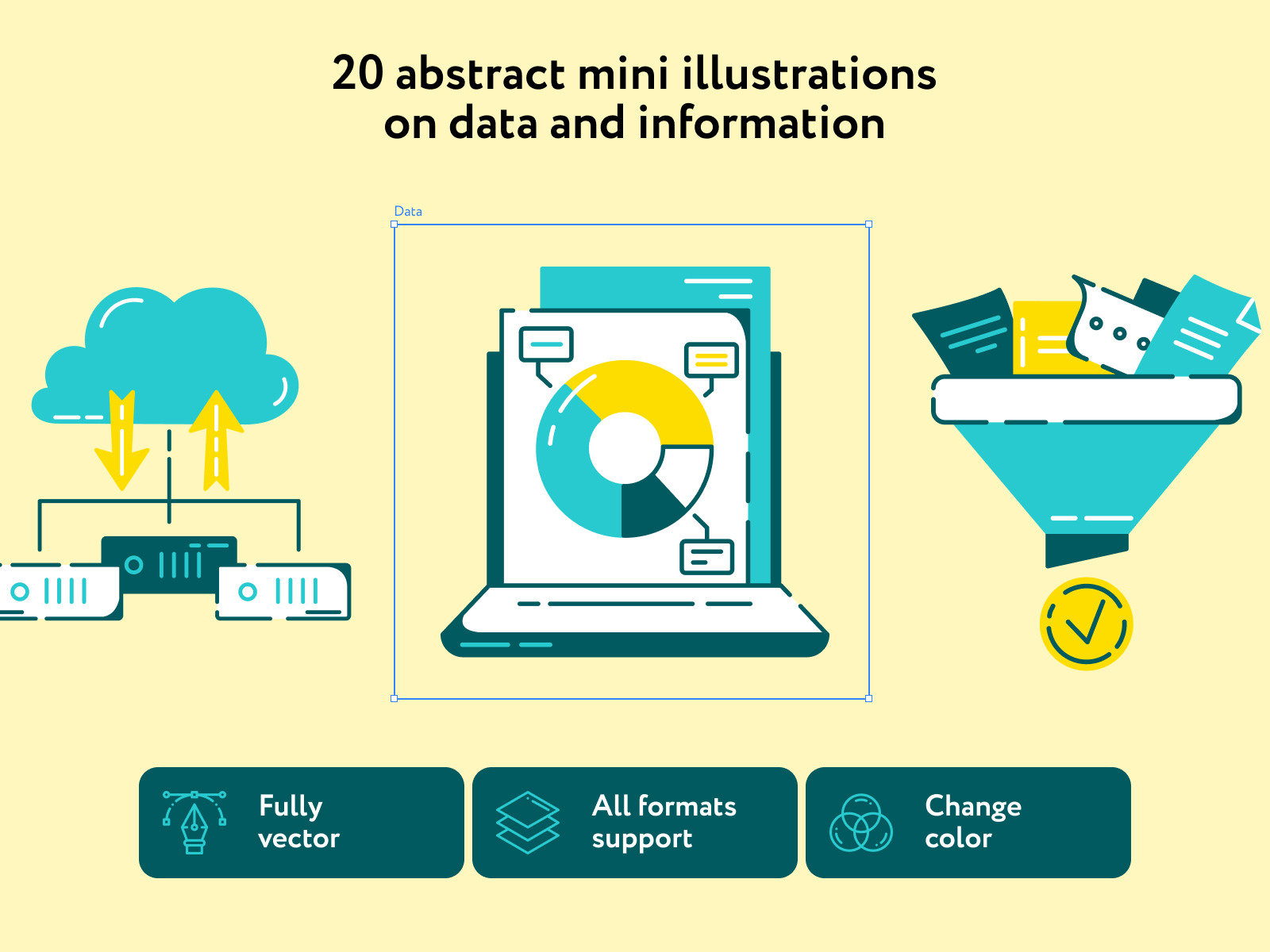Data annotation
Data Annotation: Enhancing Machine Learning with Precision
Introduction to Data Annotation
Data annotation is the unsung hero in the realm of machine learning, playing a pivotal role in enhancing the accuracy and efficiency of models. In simple terms, data annotation involves labeling data to make it understandable for machines, enabling them to learn and make predictions. This article explores the nuances of data annotation, its types, challenges, and its profound impact on the world of machine learning.
Types of Data Annotation
Data annotation comes in various forms, each tailored to different data types. Image annotation involves marking objects in images, text annotation deals with labeling textual data, and video annotation helps machines understand visual content in videos.
Key Components of Data Annotation
Annotators, equipped with annotation tools, form the backbone of data annotation. Quality control measures ensure that annotations are accurate and consistent, contributing to the overall reliability of the annotated data.
Challenges in Data Annotation
Despite its significance, data annotation is not without its challenges. Ambiguity in data, consistency issues among annotators, and the constraints of time and cost are common hurdles faced in the process.
Significance in Machine Learning Models
The quality of annotated data directly impacts the accuracy of machine learning models. Whether it's recognizing objects in images or understanding complex natural language patterns, annotated data sets the foundation for robust and reliable models with real-world applications.
Popular Data Annotation Techniques
Bounding boxes, semantic segmentation, and named entity recognition are some of the widely used techniques in data annotation. These methods provide granular details, enabling machines to comprehend intricate patterns within data.
Human vs. Automated Annotation
While human annotation offers nuanced understanding, advancements in automated annotation tools are gaining prominence. Each approach comes with its own set of advantages and challenges, influencing the choice between the two.
Best Practices in Data Annotation
Clear guidelines, continuous training for annotators, and robust quality assurance measures are essential components of successful data annotation. Following these best practices ensures the creation of high-quality annotated datasets.
Industry Applications of Data Annotation
Data annotation finds applications in diverse industries such as healthcare, autonomous vehicles, and natural language processing. Its role in shaping cutting-edge technologies is crucial for their successful implementation.
Future Trends in Data Annotation
The future of data annotation is marked by AI-driven tools, crowd-sourced annotation, and innovative techniques that promise to revolutionize the annotation process. These trends are poised to make data annotation more efficient and accessible.
Ensuring Data Privacy and Security
With the increasing importance of data, ensuring privacy and security is paramount. Techniques like anonymization and compliance with regulations safeguard sensitive information within annotated datasets.
Impact of Data Annotation on Model Bias
Addressing bias in annotated data is crucial to developing fair and unbiased machine learning models. Ethical considerations surrounding the annotation process play a significant role in mitigating potential biases.
Case Studies: Successful Implementations
Several case studies showcase the success of data annotation in improving model performance. These examples provide insights into best practices and lessons learned from real-world implementations.
Conclusion
In conclusion, data annotation stands as a cornerstone in the development of accurate and efficient machine learning models. Its impact is far-reaching, influencing industries and technologies that rely on the power of annotated data. As we look to the future, the continuous evolution of annotation techniques promises even more exciting possibilities.
FAQs on Data Annotation
What is the primary purpose of data annotation?
- Data annotation's primary purpose is to label and structure data in a way that allows machines to learn and make predictions accurately.
How does data annotation impact machine learning models?
- Data annotation significantly influences the quality of training data, directly affecting the accuracy and performance of machine learning models.
Are there any risks associated with automated annotation?
- While automated annotation offers efficiency, it may face challenges in handling complex data and nuanced understanding compared to human annotation.
Can data annotation tools handle multiple data types?
- Yes, advanced data annotation tools are designed to handle various data types, including images, text, and videos.
How can companies ensure the security of annotated data?
- Ensuring data privacy and security involves implementing techniques like anonymization and adhering to regulatory compliance.




Comments
Post a Comment